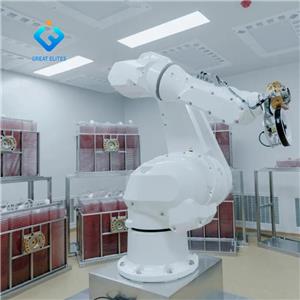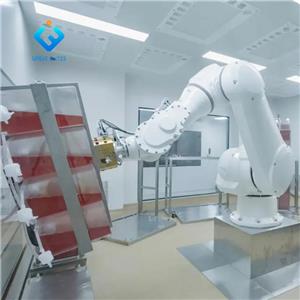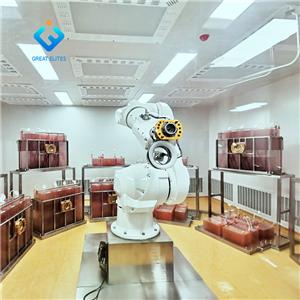Cell type editing broadcast
Cell type editing broadcast
Prokaryotic cell
There was no typical nucleus, no nuclear membrane and nucleolus. Cells of prokaryotes such as bacteria, cyanobacteria and actinomycetes.
Eukaryotic cell
A distinct nucleus surrounded by a nuclear membrane. Such as eukaryotic cells of animals, plants and fungi (yeasts, molds, edible fungi).
Editing and broadcasting of cell structure
cell membrane
(1) Composition: mainly composed of phospholipid bilayer (basic skeleton) and protein, and glycoprotein (outside the membrane).
(2) Structural characteristics: it has certain fluidity (reason: the movement of phospholipids and proteins); Functional features: selective permeability.
(3) Function: protect and control the entry and exit of substances
cell wall
The main component is cellulose, which has support and protection functions.
cytoplasm
Cytoplasmic matrix and organelles
(1) Cytoplasmic matrix: it provides places, materials and certain environmental conditions for metabolism, and affects cell shape, division, movement and transport of organelles.
(2) Organelles:
Mitochondria (double membrane): the inner membrane protrudes inward to form "cristae", which is the main site of aerobic respiration of cells (the second and third stages), and contains a small amount of DNA. Chloroplast (double-layer membrane): it only exists in the green cells of plants. There are pigments on the thylakoid, and enzymes related to photosynthesis are contained in the thylakoid and matrix, which are the places of photosynthesis. Containing a small amount of DNA. Endoplasmic reticulum (single-layer membrane): it is the "workshop" of organic synthesis and the channel of protein transport. Golgi apparatus (monolayer): it is related to the formation of secretion in animal cells and mitotic cell wall in plants. Vacuole (monolayer): vesicular structure. Mature plants have large vacuoles. Function: store (nutrition, pigment, etc.), maintain cell morphology, regulate osmotic absorption. Ribosome (no membrane structure): the place where proteins are synthesized. Centrosome (membranous structure): composed of two vertical centrioles, it is related to the mitosis of animal cells. Summary: ★ organelles of double membrane: mitochondria and chloroplast
★ organelles of monolayer membrane: endoplasmic reticulum, Golgi apparatus and vacuole
★ non membrane organelles: ribosomes and centrosomes;
★ organelles containing a small amount of DNA: mitochondria and chloroplasts
★ organelles containing pigment: chloroplast and vacuole
★ differences between animal and plant cells: Animal specific centrosomes; Cell walls, chloroplasts and vacuoles are unique to higher plants.
nucleus
(1) Composition: nuclear membrane, nucleolus and chromatin
(2) Nuclear membrane: a double-layer membrane with nuclear pores (the material exchange channel between the nucleus and cytoplasm, and the entry and exit of large molecules such as RNA and protein must pass through the nuclear pores.)
(3) Nucleolus: the periodic disappearance (prophase) and reconstruction (anaphase) in cell mitosis
(4) A substance dyed dark by alkaline dyes and consisting mainly of DNA and proteins
The relationship between chromatin and chromosome: two manifestations of the same substance in a cell at different stages
(5) Function: it is the main place for the storage and replication of genetic material DNA and the control center of cell genetic characteristics and cell metabolic activities.
(6) The fundamental difference between prokaryotic cells and eukaryotic cells: whether there is a shaped nucleus (whether there is a nuclear membrane)
Cell integrity
Only by maintaining the integrity of the above structure can cells complete various life activities.




